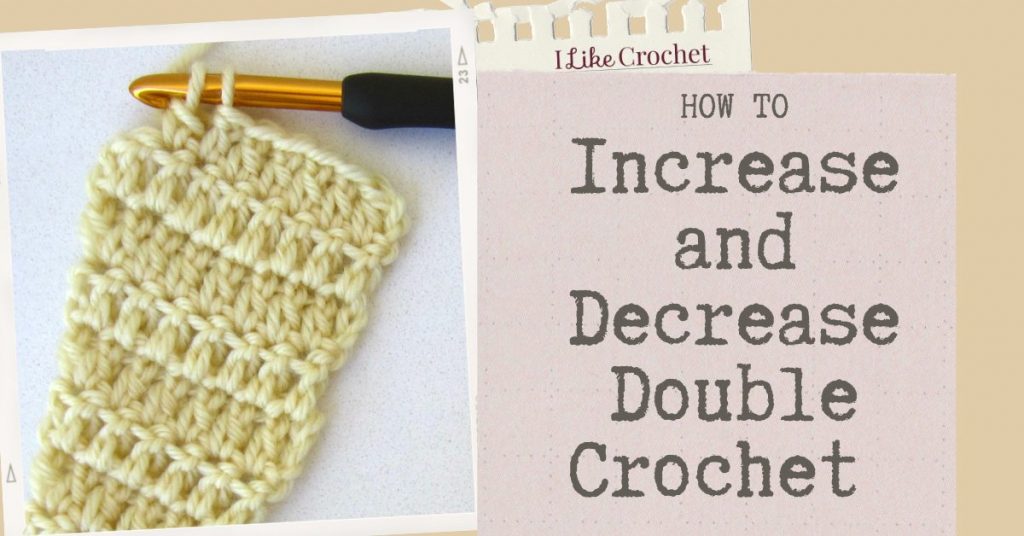
Increases are formed when you crochet more than one stitch in the same chain, stitch, or space. Decreases are formed by skipping stitches or working two or more stitches together. Properly decreasing stitches in crochet is an important skill to have!
You can increase or decrease to alter the total number of stitches in each row or round. Increase to add stitches to a round in a granny square or decrease to shape the waist on a garment. You can also balance increases and decreases in a project to keep the total number of stitches the same while altering the shape, like with shells or chevrons.
The Spring Shawl uses increases to add stitches to form the first half of the triangle shape, and then it uses decreases to reduce stitches to form the second half of the triangle.
Increasing Double Crochet
To increase, work the first stitch as usual. Then, add another stitch (or stitches, as your pattern indicates) into the same location. In the Spring Shawl, you work two double crochets into the last stitch of every other row in the first half of the triangle.
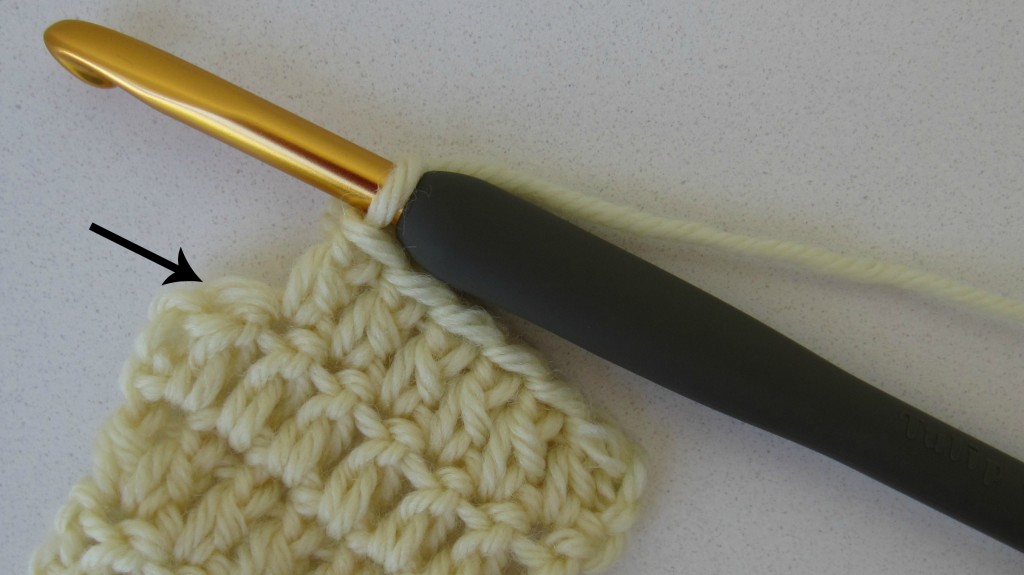
Many crocheters have trouble seeing where to increase. If you aren’t sure, place a stitch marker on the stitch before you begin your increase. The stitch will expand slightly with the additional stitches, so it will become more visible with each additional stitch that you increase into the same location.
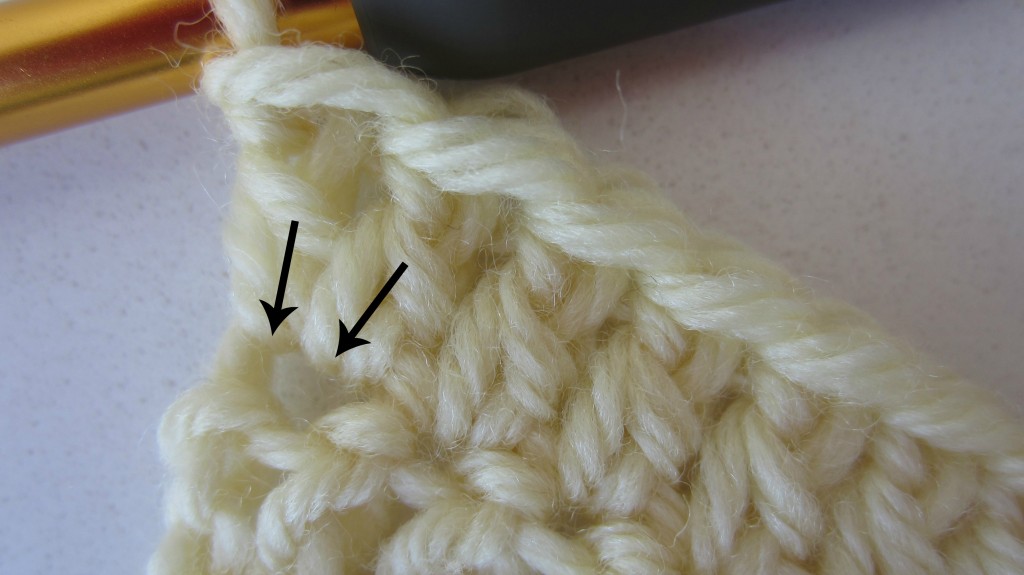
Decreasing Double Crochet
There are several different techniques for decreasing, so you should refer to the pattern you are using for specific instructions. For the Spring Shawl, you crochet stitches together. This method is usually abbreviated as st (number) tog where the st indicates the stitch you will be using (single, double, half double, or triple crochet), the number indicates the number of stitches the decrease is worked across, and together indicates a decrease.
The first decrease used in the Spring Shawl is dc2tog, or double crochet two stitches together. This is worked over the last two stitches of every other row for the second half of the triangle.
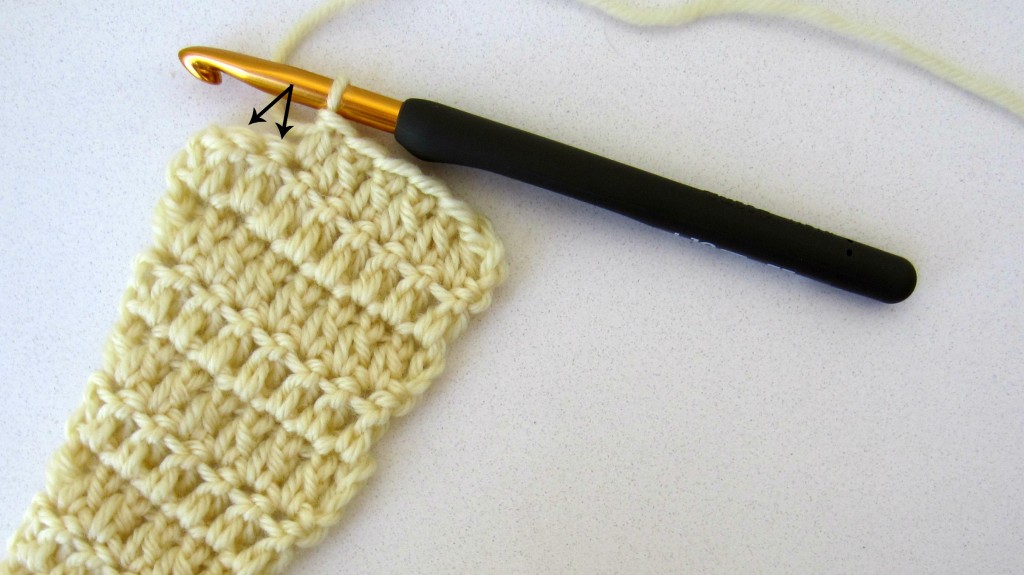
Begin working a double crochet in the next stitch. Stop before the final yarn over. In other words: yarn over, insert the hook into the next stitch, yarn over, draw up a loop, yarn over, and draw through two loops.
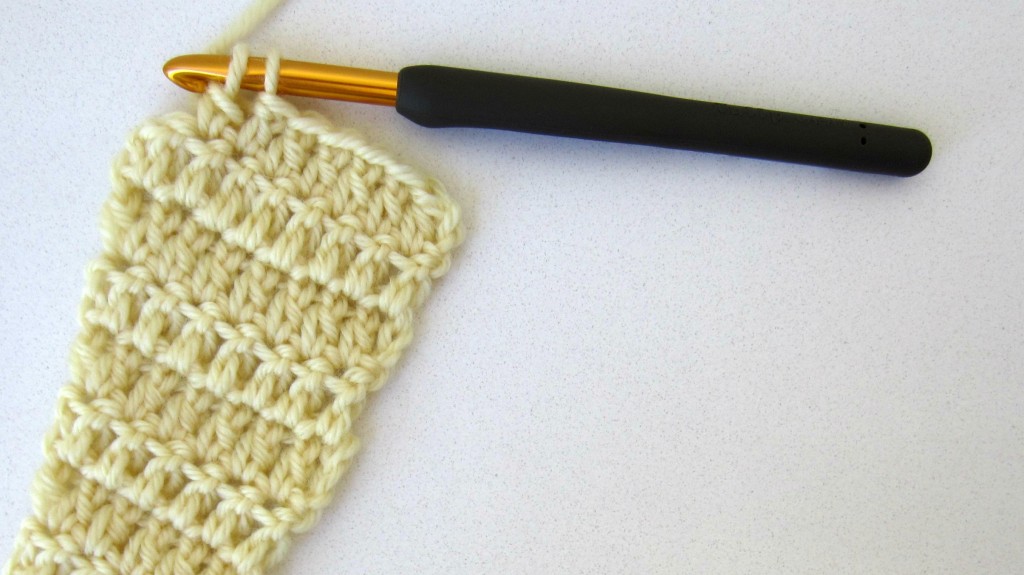
Now move on to the next stitch and start another double crochet. Yarn over, insert the hook into the next stitch, yarn over, draw up a loop, yarn over, draw through two loops. You will now have three loops on the hook, one more than you would normally have when working a double crochet.
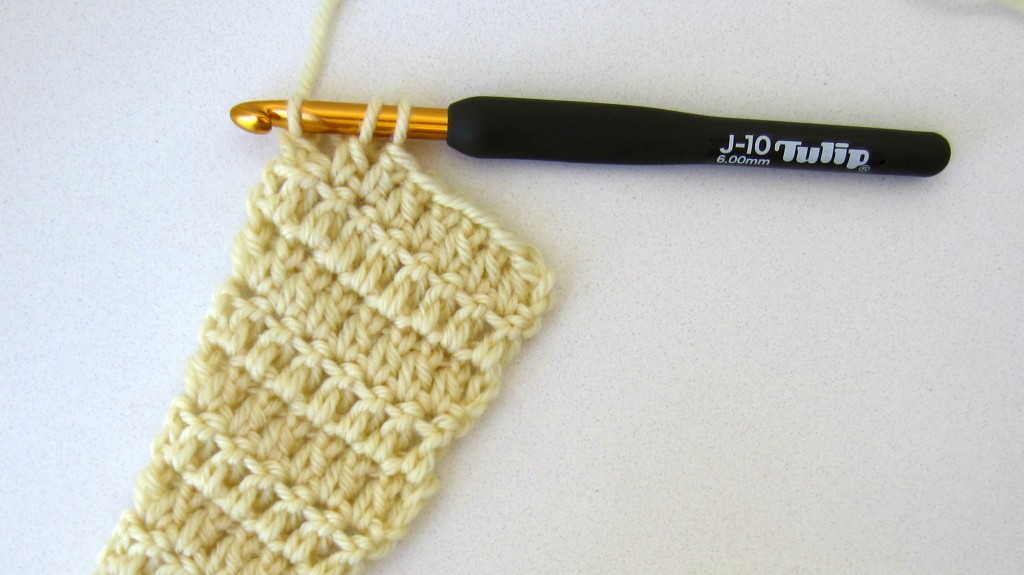
Yarn over and draw through all three loops to complete the decrease. You will see the posts or stems of both stitches angled together with only one loop on top.
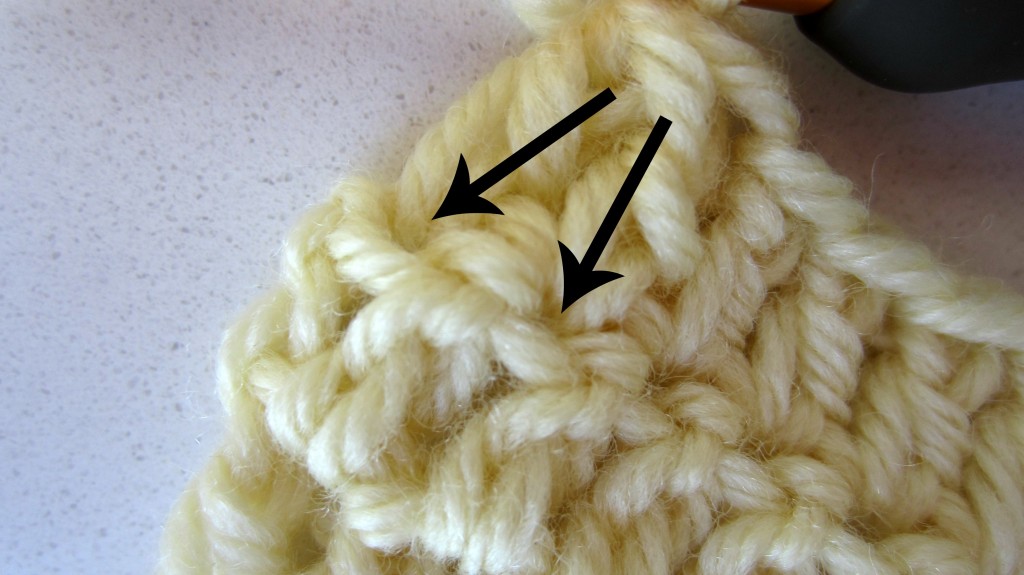
The other decrease used in the Spring Shawl is dc4tog, or double crochet four stitches together, on the final row of the shawl.
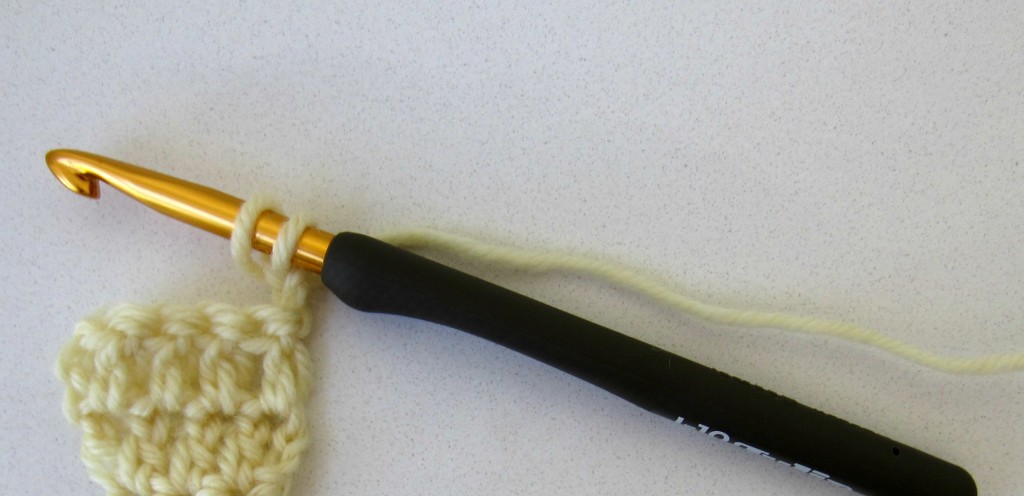
As before, begin a double crochet in each stitch, but will stop before drawing the final yarn over through the last loops on the hook.
Yarn over, insert the hook into the first stitch, yarn over, draw up a loop, yarn over, and draw through two loops. Two loops remain on the hook.
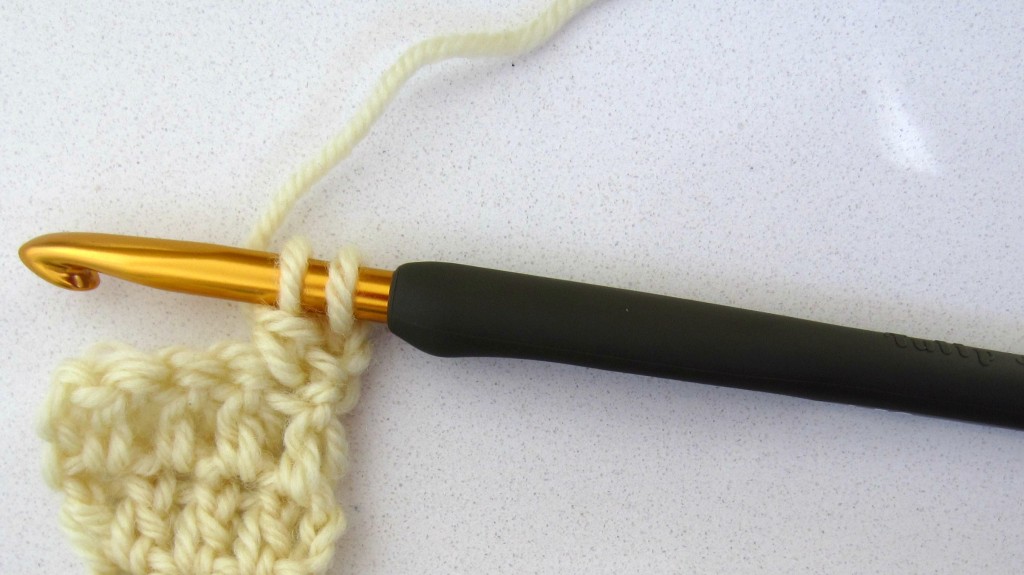
Repeat in the next (second) stitch. Three loops remain on the hook.
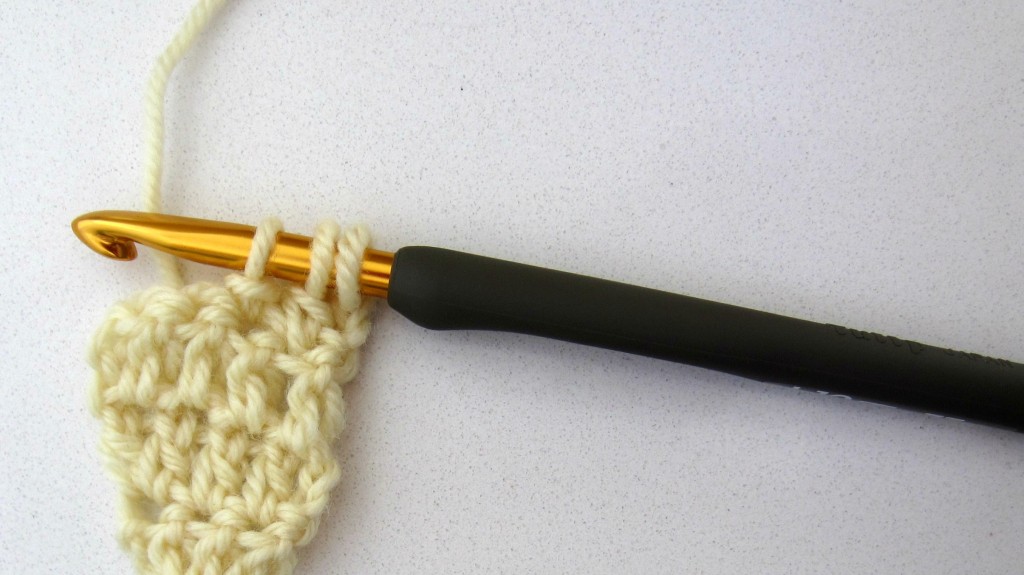
Repeat in the next (third) stitch. Four loops remain on the hook.
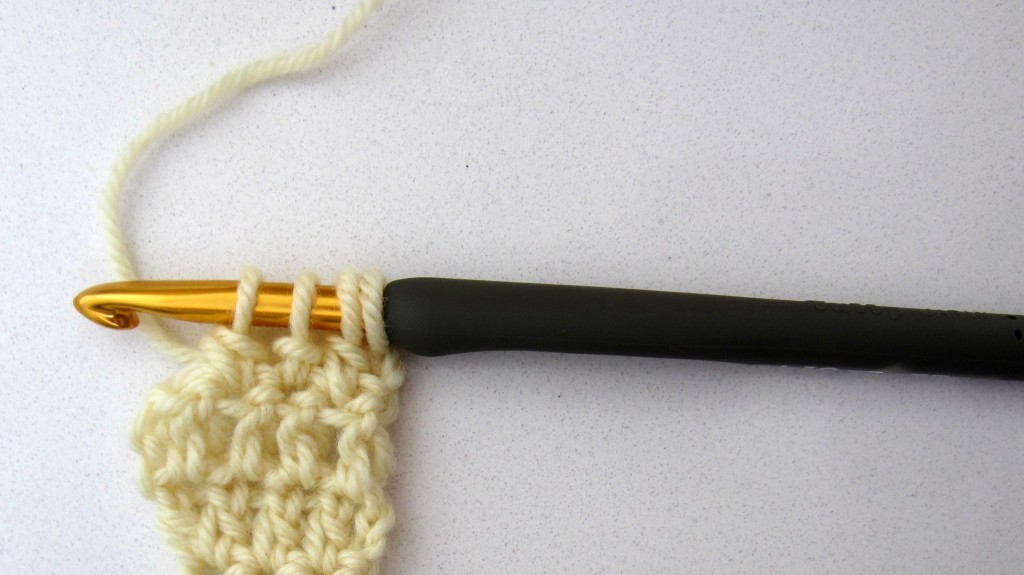
Repeat in the next (fourth) stitch. Five loops remain on the hook.
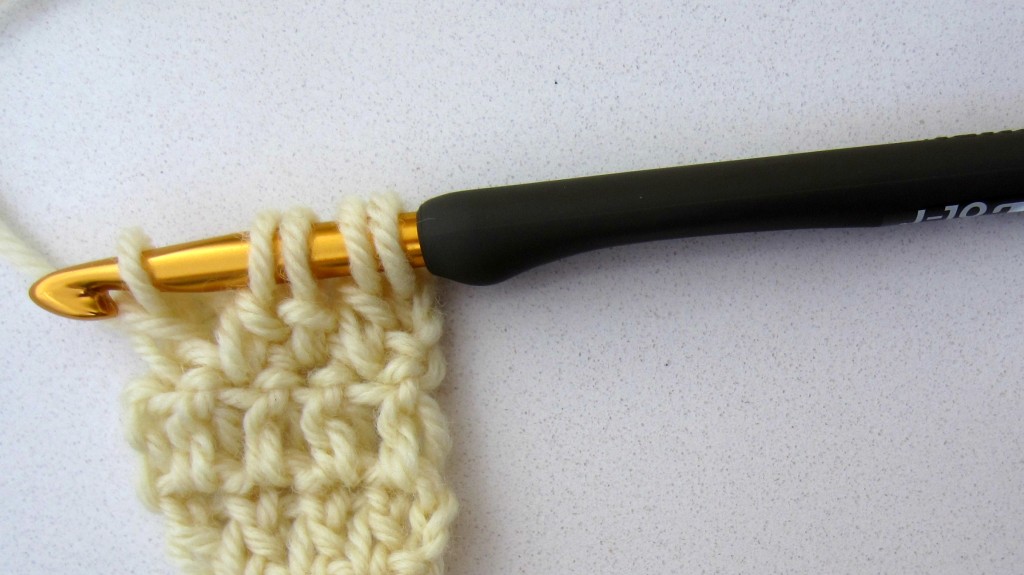
Yarn over and draw through all five loops to finish the dc4tog.
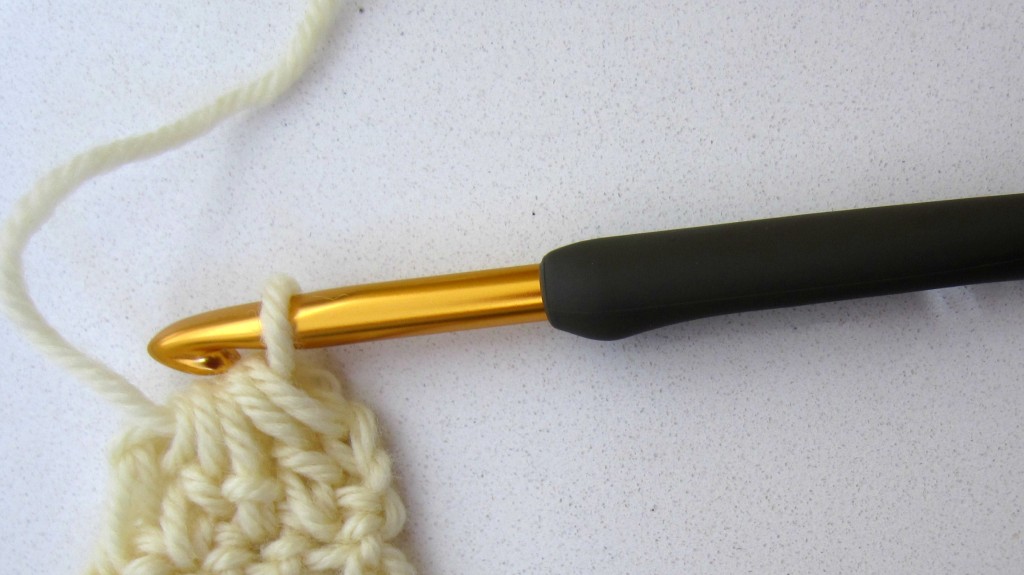
In general, when decreasing, you will have one more loop on the hook than stitches you decreased across. For example, you will end with seven loops on the hook for a dc6tog. You’ll want to keep loose tension when decreasing stitches together or it may be difficult to finalize the stitch.
For our lefty readers, check out these handy tips for crocheting left-handed that are sure to make increasing and decreasing crochet feel more comfortable!
Now that you know the basics of increasing and decreasing double crochet stitches, keep practicing with these awesome patterns:





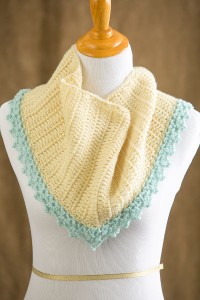

What if i want to make a checkered pattern with dc crochet?
Hi Naddy! This pattern should help I think: https://www.ilikecrochet.com/magazine/crochet-home-decor/charming-gingham-vase-cover/
– Nicola, Editor
The visuals are so helpful – thank you! I’m trying to save this to Pinterest but the Pinterest sharing button doesn’t do anything (the others seem to work).
Hi Allen! I just tested the Pinterest sharing feature and it seemed to work. You can also try the Pinterest browser extension instead. Hope this helps! – Nicola, Editor